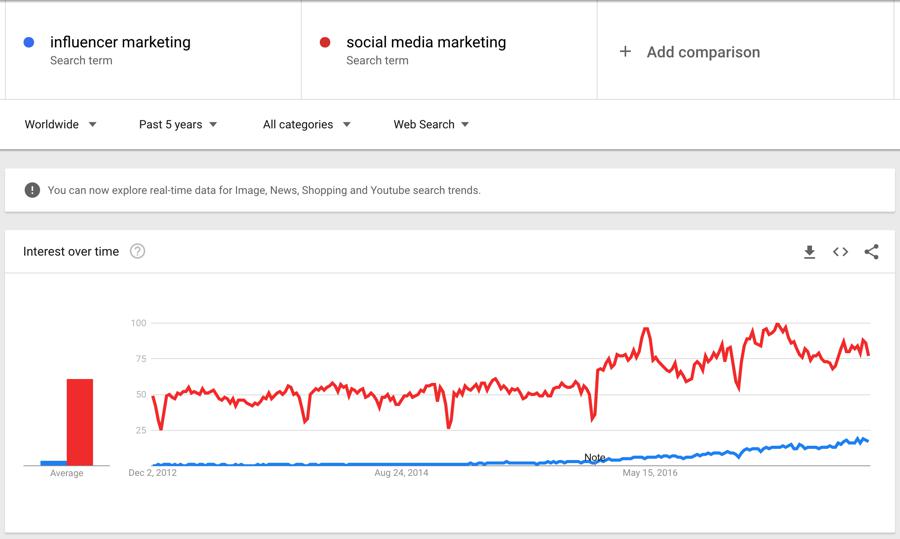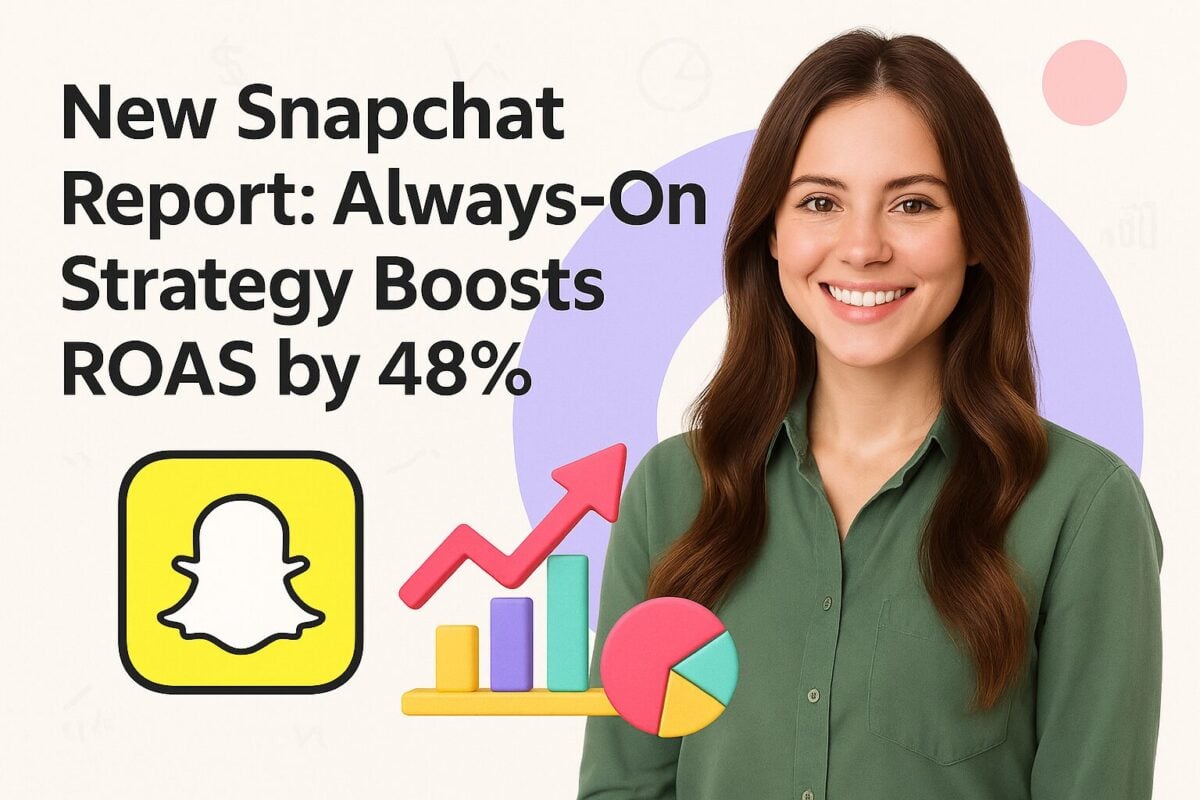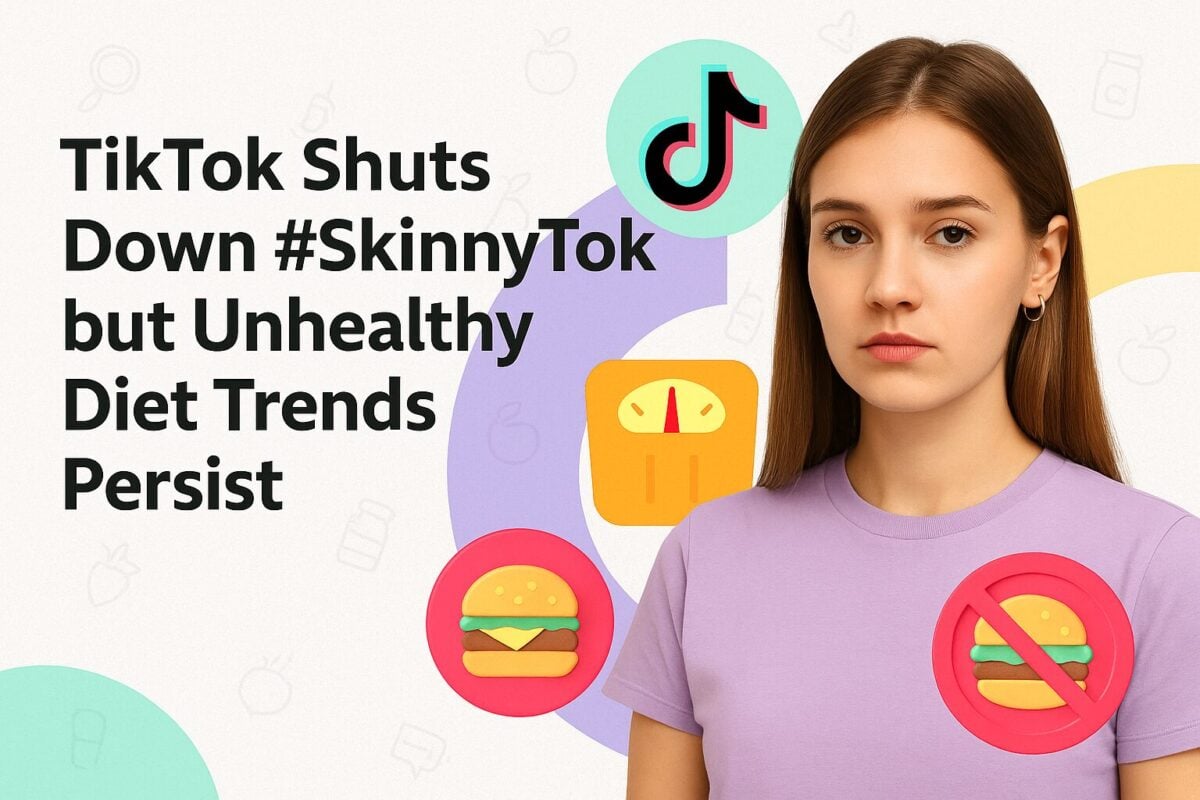It is almost a year since we made our Predictions for Influencer Marketing in 2017. Our first prediction was that micro-influencers would have more influence than celebrities. It is clear now that our forecast was on the mark. 2017 has been epitomized by the rise of the micro-influencer.
It is not all that long since brands thought that they would need to build a relationship with a celebrity to be successful. And, for many businesses that type of deal is well outside viable budget levels.
But brands are beginning to discover that influencer marketing is not the same as celebrity endorsement.
The critical point for somebody to be considered an influencer must surely be that the person exudes influence, i.e., they can change their followers’ behavior. Celebrities may be famous, well-known, and have hundreds of thousands, if not millions, of people following them. However, do they have the ability to influence people in their tastes and encourage them to change their behaviors?
That is the essence of a micro- influencer. He or she is somebody who has gained sufficient respect to be able to change the tastes and behaviors of others.
Digital Marketing and the Rise of the Micro Influencer:
- The Movement From Social Media Marketing to Influencer Marketing
- Early Influencer Marketing Strategy
- Gamification and Cheating
- The Problem With Traditional Digital Marketing
- Micro Influencers to the Rescue
- The Larger the Influencer, the Lower the Engagement
- The Benefits for a Brand When Working with a Micro Influencer
- Stand Back and Let a Micro Influencer tell Stories About Your Brand
- A Micro Influencer’s First Loyalty is to His Followers
The Movement From Social Media Marketing to Influencer Marketing
Five years ago nearly six times as many people searched Google each day for “social media marketing” compared to those who searched for “influencer marketing.” While the difference narrowed over the next few years, it was not until the beginning of 2017 that the positions reversed. There are now about 1.5 times as many daily searches for “influencer marketing” as there are for “social media marketing.”
This indicates how quickly influencer marketing has risen in popularity this year. In the “old days,” businesses carried out most of their social media marketing themselves. This could be discouraging at times, as most firms had only a small number of followers. There were a few superstars like Red Bull, but most brands lacked reach for their content.
A few tried the “old” marketing technique of celebrity endorsement, applying it to their social media promotion.
They found it worked well, but success came at a cost. Celebrities often charge considerable sums – as much as $500,000 a post for superstars. You need to have excellent social penetration to your target audience, allied with a high-value, product, to justify that kind of expenditure.
Early Influencer Marketing Strategy
In its formative days, influencer marketing suffered from newness. It lacked definition and precise measures of success.
As a result, brands and marketers more used to a dashboard of detailed analytics had to create measures of success. One of the easiest-to-find numbers for an influencer is his or her following. So, brands and marketers searched for the influencers with the highest digital followings.
Brands competed with each other to align with the influencers with the highest followings. Influencers realized this, and in competitive niches were able to increase their charges accordingly.
For a while brands accepted this situation. Even when influencers increased their prices the cost was considerably less than what that would have to pay for a big-name celebrity endorsement.
However, brands have begun to query the value of some of their influencer investment. Just because somebody has thousands, tens of thousands, even hundreds of thousands of followers, does not mean that he or she influences anybody.
Gamification and Cheating
The blind reliance on follower numbers began to dwindle as a result of social media participants trying to game the system. I am reluctant to refer to them as “influencers,” as the one thing that these people have in common with each other is that they do not influence anybody.
The cheats do not want to go through the hard work that genuine influencers endure, building a real, authentic following. They far prefer to take short-cuts to boost their follower numbers.
In some cases mock-influencers blatantly bought followers. In other situations, they used bots to help them build up their engagement statistics.
It is not just the brands and marketers who suffer from this cheating. Genuine users of social media and blogs suffer as well. This at least had the effect of mobilizing the social networks to do something about the situation. Most of the social networks changed their terms of service, making gamification and cheating more difficult. Google’s changes to its search engine designed to weed out thin content and SEO gamification have also helped drive fraudsters further into the background.
The Problem With Traditional Digital Marketing
It shows how quickly the online world is moving that I can use the phrase “traditional digital marketing.” It refers to the types of digital advertising that were common before the onset of influencer marketing.
According to The Economist, internet advertising should exceed television advertising for the first time this year.
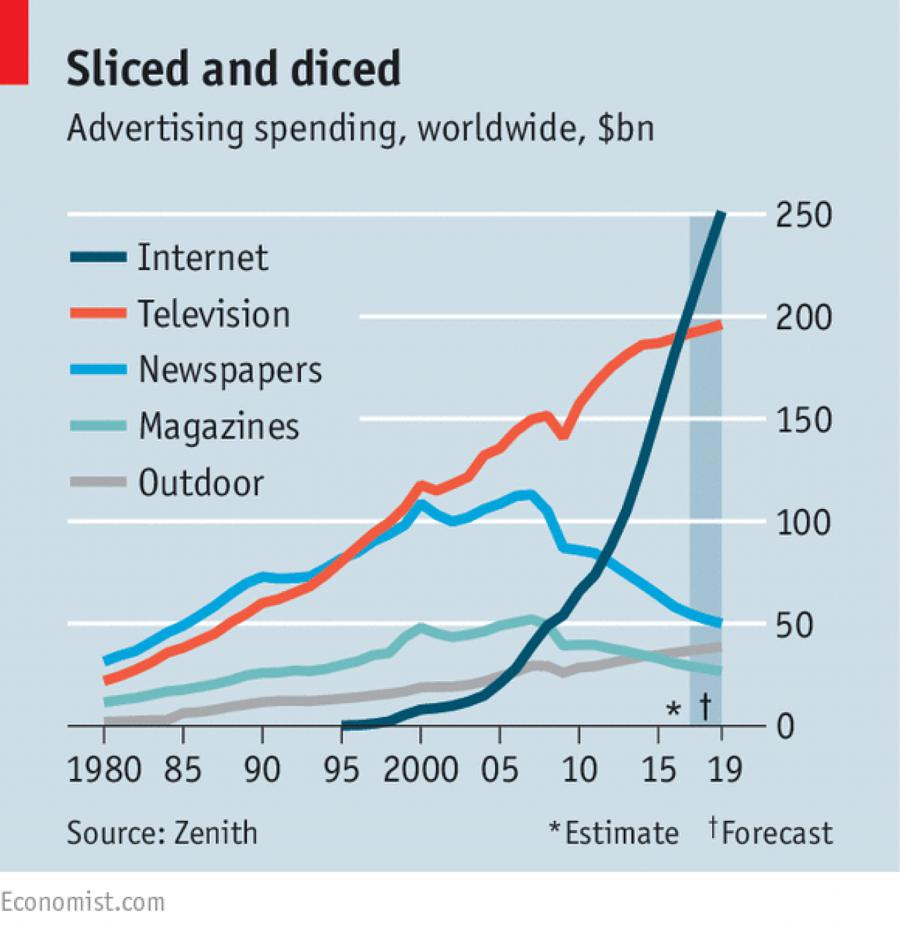
Source: economist.com
While the search engine marketing and social media marketing components still perform well, traditional online display ads have suffered a significant decline in effectiveness in recent years. There are two main reasons for this:
- People suffer from banner blindness – we have become so immune to banner ads that we effectively can’t see them, even when they are directly in front of us.
- The use of Adblocker software has increased over the last couple of years. According to a report form PageFair, ad blockers are now installed on 30% of all web devices – 615 million devices at the end of 2016. If you have an ad blocker installed on your device you do not see display ads. The software removes them from your screen
The Economist article referred to above highlights another digital marketing issue. The social networks are not great at controlling the positioning of your ads. For instance, several high-profile brands, such as Coca-Cola and General Motors were upset to find their YouTube ads positioned next to hate speech from jihadist and neo-Nazi groups.
Micro Influencers to the Rescue
With digital banner advertising on the decline, concern about the placement of formal social media adverts, and budget fears about the cost of celebrity influencers, what online marketing methods remain for brands?
Large brands still working with celebrities. They may cost a fortune, but they can spread a message far and wide.
Smaller businesses have learned that influencer marketing can give them better results. That is why despite the ramifications and other problems encountered in its early days, influencer marketing is thriving in 2017 and looks to expand further in 2018.
The main reason for influencer marketing’s rapid expansion has been the rise the micro influencers.
The key to micro-influencer success is in their name. They may be comparatively “micro” in reach, but they genuinely “influence” people’s decision-making.
Depending on just how niche a market is, a brand may gain the best results working with a micro- influencer with a reach as low as 8,000 – 10,000. If their engagement is high enough, this will make up for lack of followers.
The Larger the Influencer, the Lower the Engagement
Influencer marketing is a clear example of the Law of Diminishing Returns. Paying for an influencer with 100,000 followers is unlikely to bring you twice the success that somebody with 50,000 followers could achieve.
Markerly surveyed more than 800,000 Instagram users to help understand the correlation between Likes and Followers on Instagram. Their key finding was that as an influencer’s number of followers rises, the rate of engagement (likes and comments) with their followers decreases.
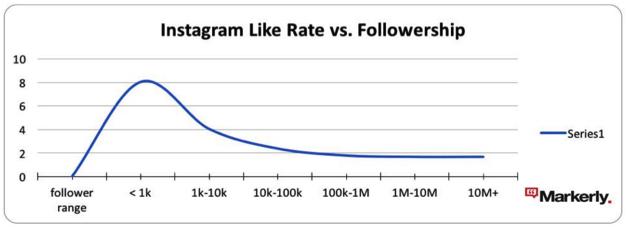
Source: markerly.com
Celebrities typically have the most followers, followed by mega influencers, and then micro influencers. With engagement, though, the results are reversed: micro influencers engage more than mega influencers, who in turn engage more than celebrities.
The Benefits for a Brand When Working with a Micro Influencer
While reach is a nice simple number to discover, it does not tell you much about success. Some of the best benefits a brand receives from working from a micro-influencer are intangible.
Based on their survey results, Markerly believes that influencers with 10,000 to 100,000 followers offer the best combination of reach and engagement.
Micro influencers have established authentic relationships and trust with their audiences. If a micro-influencer agrees to work with your brand (and it does need to be that way around), they are likely to provide a positive commentary on your product to their followers. Assuming you have targeted the correct micro-influencers for your product, their followers should match your target market.
No micro influencer will agree to work with a product they do not believe in – that would send a terrible message to their followers and destroy their credibility. If you succeed in building a relationship with a micro influencer, you know that he is likely to promote your product with gusto. Not only will he endorse your product to his followers, but he will tell them why they should buy it.
This means that you do need to give a micro-influencer some leeway in producing content that relates to your product. The brands that are least satisfied with influencer marketing are the brands that try to stamp authority on the relationship; the brands that insist on approving every piece of content before the influencer can release it. How can an influencer have a genuine conversation with his fans if you try to micro-manage how the campaign goes?
Stand Back and Let a Micro Influencer tell Stories About Your Brand
If a brand is to gain the most significant benefit from working with a micro-influencer, it has to stand back and let the influencer weave his magic. The only reason that the influencer has any influence is because of the genuine relationship he has built up. If you try to direct proceedings the audience can see right through things, the influencer loses some of his credibility, and your brand loses any potential benefit.
Micro influencers are born storytellers. They tell tales to their followers on a daily basis. They conceptualize stories relating to their specialist niche that help their fans sort out their problems. Brands have learned that one of the best forms of marketing is to let the influencers tell the brands’ stories.
Iceland (a British supermarket chain) is an example of a brand that chose to change direction to micro-influencer marketing. They used to work with celebrities such as Peter Andre, Michael Buble, and Stacy Solomon for their adverts. However, they decided to shift their emphasis to working with micro-influencers, like Channel Mum on YouTube. Iceland was so pleased with their improved results that they also decided to build a campaign focusing on dads.
A Micro Influencer’s First Loyalty is to His Followers
However, That is Not Bad News for a Brand
There are two typical reasons for a micro influencers’ success:
- They know a lot about some particular topic or are at least prepared to share what they do know and help others learn with them
- They build up respect from their fans. Their followers read their posts or watch their videos because they want to hear more from the people they respect
Any decent influencer will always put his fans’ interest first.
This usually means though, that will be happy to recommend products to their followers if they believe the products will solve their followers’ problems.

